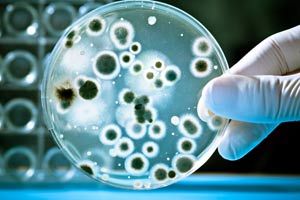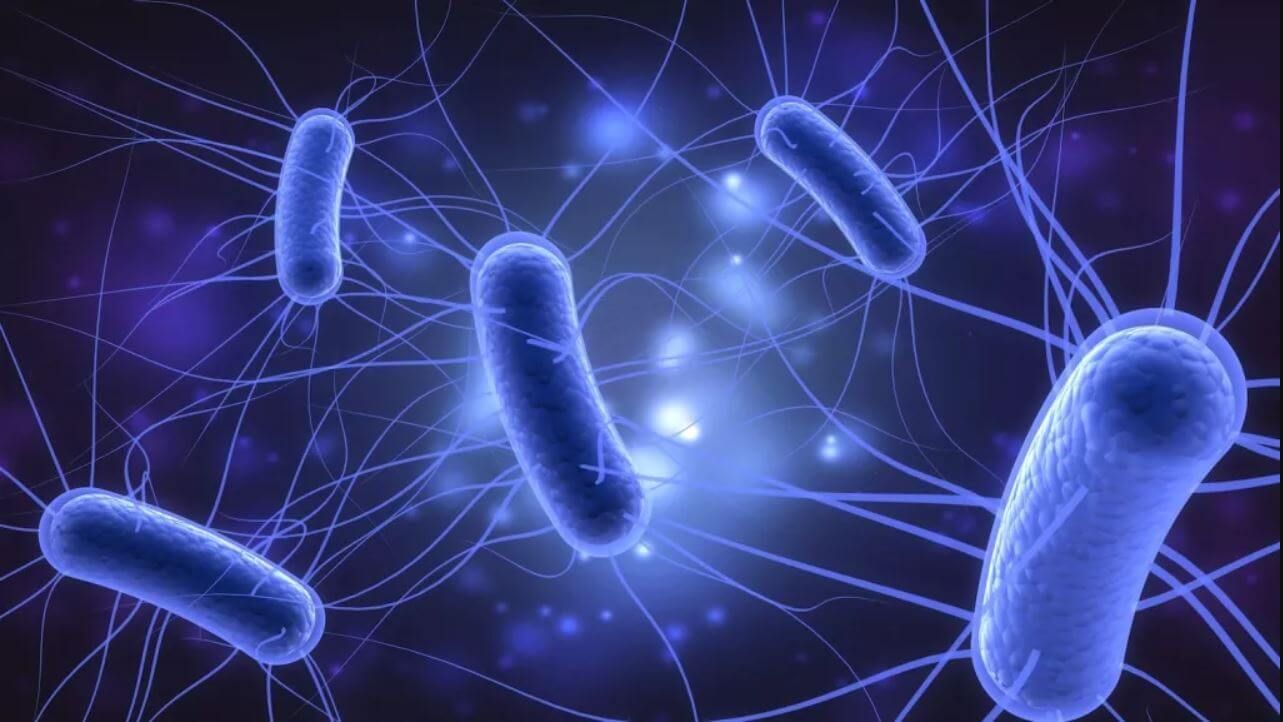What we check for in your water…
Water sampling is a standard practise when it comes to making sure your water is safe, but what exactly do we check for?
While Legionella is probably the most well known form of bacteria which is tested for, there are any others including Pseudomonas, E-Coli and Coliforms. These are also dangerous to have in your water system and is why regular sampling must be carried out.

Legionella
Legionella bacteria is one of the most dangerous bacteria that can be found in your water systems at this can cause Legionnaires disease which can be fatal. Legionella bacteria thrive at temperatures between 20°C and 50°C especially where the water systems have not been in use.
Legionella is spread when contaminated water droplets are inhaled, this could come from the spray from a shower, faucet or whirlpool, or water from the ventilation system in a large building. Outbreaks have been linked to:
- Hot tubs and whirlpools
- Hot water tanks and heaters
- Decorative fountains
- Swimming pools
- Drinking water
Legionnaires’ disease can be a problem in hospitals and nursing homes, where germs can spread easily and people are vulnerable to infection.
Outbreaks of Legionnaires’ disease are preventable, but prevention requires a water management plan that ensure that water is monitored and cleaned regularly.
Pseudomonas
While most of this species of bacteria are benign and cause no health risks, other than giving water an unappealing smell and taste, it is particularly good at forming biofilms where other more harmful bacteria can form.
There is also a subspecies called Pseudomonas aeruginosa, and this type of bacteria can cause ear and eye infections in persons with an already suppressed immune system.
These bacteria are often found in carbon filters, cooling towers, drinking water dispensers, bottled water, and water taps. Its growth in drinking water can cause problems with colour, taste, odour and turbidity if found in high numbers.
Escherichi Coli (E. Coli)
Most types of E-coli is harmless or causes relatively brief stomach illness. This type of bacteria is usually found in raw food but it can enter the water system when animal faeces pollute the ground & surface water (streams, rivers etc), and is not treated correctly before entering the public water system.
Unlike other bacteria, you do not need to digest much of this contaminated water to make you ill, which is why it is so dangerous.
Coliforms
Coliform bacteria are organisms that are present in the environment and in the faeces of all warm-blooded animals and humans.
While coliform bacteria will not likely cause illness, their presence in drinking water indicates that disease-causing organisms could be in the water system.
Testing drinking water for all possible pathogens is complex, time-consuming, and expensive where it is relatively easy and inexpensive to test for coliform bacteria. If coliform bacteria are found in a water sample, you need to find the source of contamination and restore safe drinking water.

Conclusion
It is so important that your water is tested on a regular basis to ensure there are no dangerous bacteria lurking in your water system.
All bacteria are different; they enter the system differently, evolve differently, spread differently and cause different types of illnesses.
Our experts know what to test for and how, get in touch today on 018 252 775 or info@Aquachem.ie to talk to someone about setting up regular water sampling in your premises.
